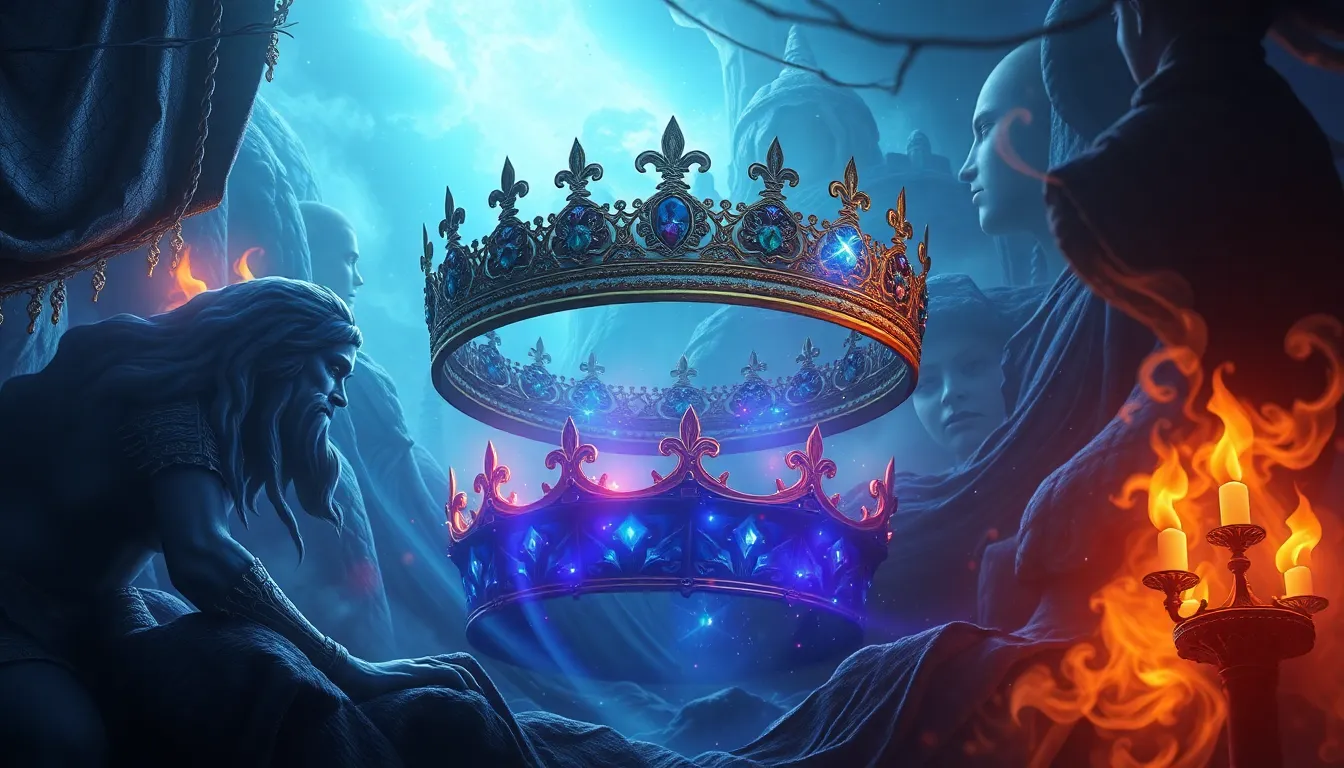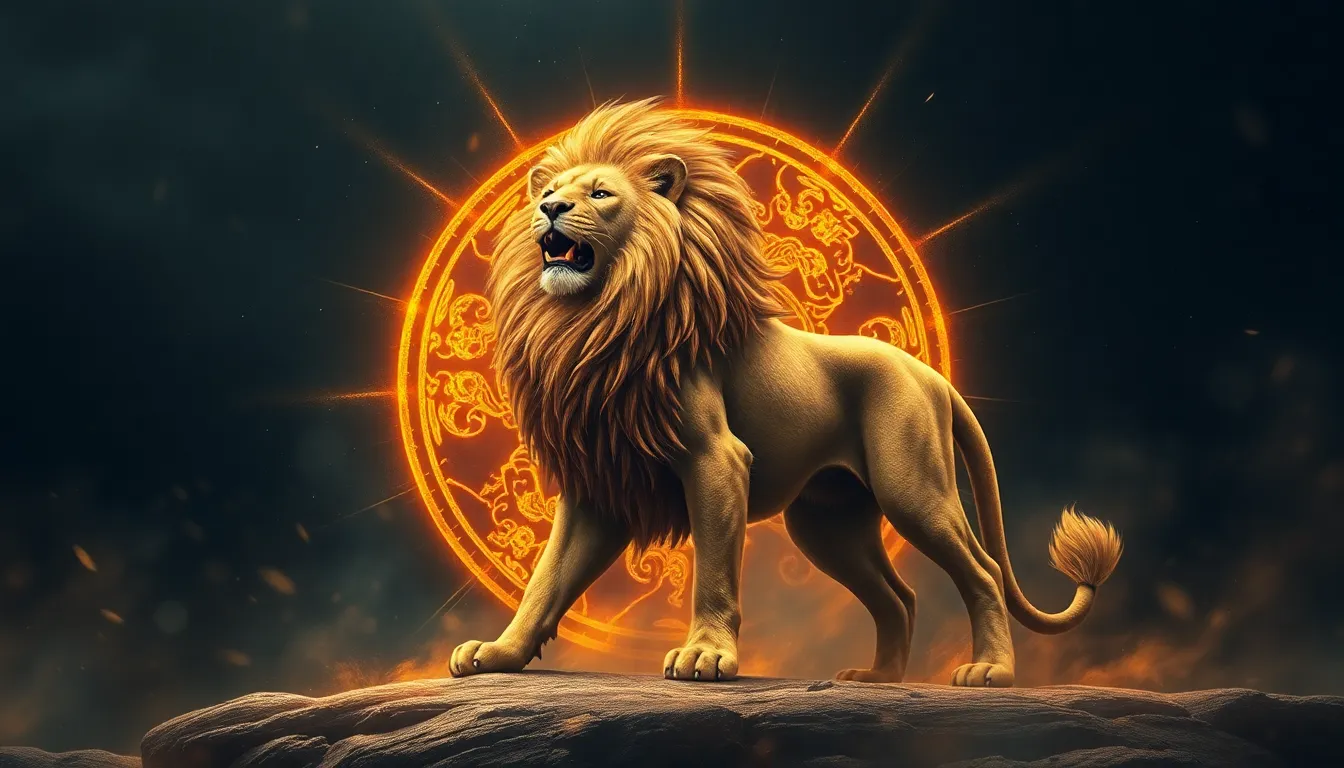End of the World Myths: What History Tells Us About Our Future
Introduction: The Allure of Apocalypse
The concept of the apocalypse has fascinated humanity for centuries, manifesting in countless myths and narratives across various cultures. From the fiery end of the world described in religious texts to the secular visions of societal collapse, these apocalyptic myths serve as reflections of our deepest fears and hopes. They offer a lens through which we can examine the psychological and social factors that fuel our fascination with doomsday scenarios.
At their core, apocalyptic narratives reveal a collective anxiety about the future. They often arise in times of uncertainty, reflecting societal tensions, economic crises, and existential threats. This allure of the end transcends cultural boundaries, suggesting a shared human experience that binds us together through the ages.
Historical Perspectives on Apocalyptic Beliefs
Throughout history, civilizations have crafted their own doomsday forecasts. Ancient cultures, such as the Mayans and Greeks, produced intricate calendars and prophecies that hinted at cataclysmic events. The Mayan calendar, for instance, gained notoriety for its supposed prediction of the world ending in 2012, while ancient Greek philosophers speculated about cosmic cycles leading to destruction.
Religion has played a pivotal role in shaping these apocalyptic visions. In Christianity, the Book of Revelation details a vivid end-time scenario, while Hinduism speaks of cyclical destruction and rebirth through its concept of Yugas. These religious narratives often provide moral frameworks, suggesting that humanity’s fate rests on its actions and ethical standing.
The Influence of Major Events on End-of-the-World Myths
Major historical events have acted as catalysts for doomsday thinking, intensifying existing fears and spawning new myths. For instance:
- The Black Death: The plague of the 14th century decimated populations across Europe, leading many to interpret it as divine punishment and a sign of impending apocalypse.
- World Wars: The devastation of World War I and World War II generated widespread despair, prompting apocalyptic narratives about humanity’s self-destruction.
- The Cold War: The threat of nuclear annihilation loomed large, with many envisioning a future devastated by global conflict.
These events not only influenced the myths of their time but also shaped the cultural consciousness around the idea of an impending end.
Modern Apocalyptic Predictions and Their Cultural Impact
In the modern era, apocalyptic predictions have taken on new forms, often fueled by advancements in technology and communication. Notable examples include:
- Y2K: As the year 2000 approached, fears of a technological meltdown led to widespread panic and preparations for societal collapse.
- 2012 Mayan Prophecy: The interpretation of the Mayan calendar as predicting the end of the world on December 21, 2012, captured global attention, despite being rooted in misinterpretation.
The rise of digital platforms has further amplified these narratives, allowing myths to spread rapidly across the globe. Social media and online forums serve as breeding grounds for apocalyptic theories, creating echo chambers that reinforce fear and anxiety.
Scientific Perspectives on Catastrophism
While many apocalyptic beliefs are rooted in myth, some have a basis in scientific reality. Concerns about asteroid impacts, climate change, and nuclear threats are legitimate issues that merit attention:
- Asteroid Impacts: The potential for catastrophic asteroid collisions is a genuine concern, as evidenced by past events that have led to mass extinctions.
- Climate Change: The ongoing environmental crisis poses significant threats to global stability, including extreme weather, rising sea levels, and resource scarcity.
- Nuclear Threats: The proliferation of nuclear weapons continues to represent a dire risk for global security and survival.
However, it is essential to distinguish between credible scientific risks and sensationalized myths that often accompany them.
Psychological and Sociological Implications of End-of-the-World Beliefs
The belief in apocalyptic scenarios can have profound psychological and sociological implications. The role of fear and uncertainty in human psychology drives individuals and communities to seek explanations and reassurances in the face of chaos. Apocalyptic thinking can manifest in various ways:
- Fear Response: The anticipation of an impending apocalypse can lead to heightened anxiety and panic.
- Social Movements: Some groups rally around apocalyptic beliefs, fostering communities that may take action in preparation for perceived threats.
- Political Actions: Apocalyptic rhetoric can influence political discourse, shaping policies and priorities around existential risks.
Understanding these dynamics helps us comprehend why apocalyptic narratives persist in modern society.
Cultural Reflections in Literature and Media
Apocalyptic themes are prevalent in literature, film, and art, reflecting societal fears and aspirations. Works such as:
- Cormac McCarthy’s “The Road”: A haunting portrayal of a post-apocalyptic world.
- The “Mad Max” series: Depictions of dystopian futures driven by resource scarcity and societal collapse.
- Television shows like “The Walking Dead”: Explore human resilience and morality amid chaos.
These narratives not only entertain but also serve as cautionary tales, prompting audiences to reflect on their values and the consequences of their actions.
Lessons from History: What Can We Learn?
Examining the outcomes of past apocalyptic predictions offers valuable insights. Many forecasts of doom have failed to materialize, highlighting the importance of critical thinking and skepticism. Key lessons include:
- Historical Context: Understanding the context in which apocalyptic beliefs arise can provide clarity on their validity.
- The Role of Evidence: Relying on scientific evidence rather than sensationalism can guide informed decision-making.
- Resilience and Adaptation: Humanity has repeatedly demonstrated resilience in the face of challenges, suggesting that we can navigate future uncertainties.
The Future of Apocalypse: Emerging Trends and Predictions
As we look to the future, new factors are influencing modern apocalyptic beliefs. Technology, pandemics, and globalization play pivotal roles in shaping our narratives:
- Technology: The rapid advancement of artificial intelligence and biotechnology raises ethical dilemmas and fears of unintended consequences.
- Pandemics: Recent global health crises have reignited fears of existential threats, emphasizing the interconnectedness of our world.
- Globalization: The exchange of ideas and cultures accelerates the spread of apocalyptic narratives, creating a shared global consciousness.
Understanding these emerging trends is crucial for addressing future challenges and opportunities.
Conclusion: The Role of Myths in Shaping Our Reality
The persistence of end-of-the-world myths reflects the complexities of human thought and emotion. While these narratives can provoke fear and anxiety, they also offer opportunities for reflection and growth. As we face future challenges, it is vital to maintain a balanced perspective, recognizing the role of myths in shaping our reality while grounding our responses in reason and evidence.
In navigating the uncertainties of tomorrow, we must embrace critical thinking, foster resilience, and remain open to the possibilities that lie ahead.



